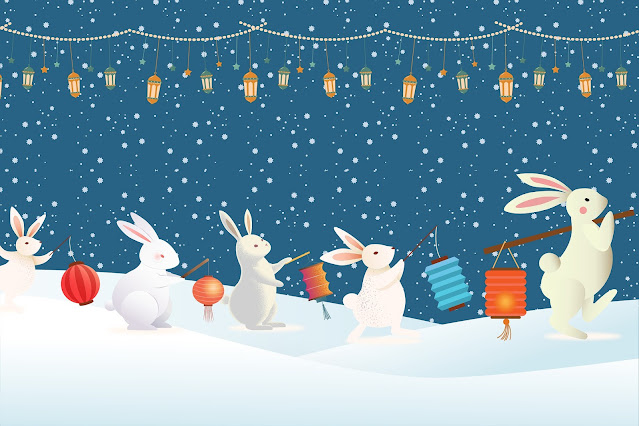Why Isn’t There a Cat in the Chinese Zodiac?

January 22 is the first day of the Chinese Year of the Rabbit. Many of you may be familiar with the 12 animals of the Chinese zodiac. Each animal represents a year in the Chinese calendar’s 12-year cycle. The animals are ranked in this order: rat, ox, tiger, rabbit, dragon, snake, horse, goat, monkey, rooster, dog, and pig. According to folklore, their rank was determined by the order in which they finished a race organized by the Jade Emperor, the ruler of heaven. Did you know the cat could have been in the zodiac? There are many variations of this tale of betrayal. One version has it that the rat and the cat were besties. They decided to run the race together. The cat kept late hours, so he relied on the rat to wake him up in time for the race. The rat promised he would. On the morning of the event, however, he broke his word and sneaked off without his friend. The wily rat was well aware that he didn’t stand a chance against the other animals. Everyone expected the strong and har...

